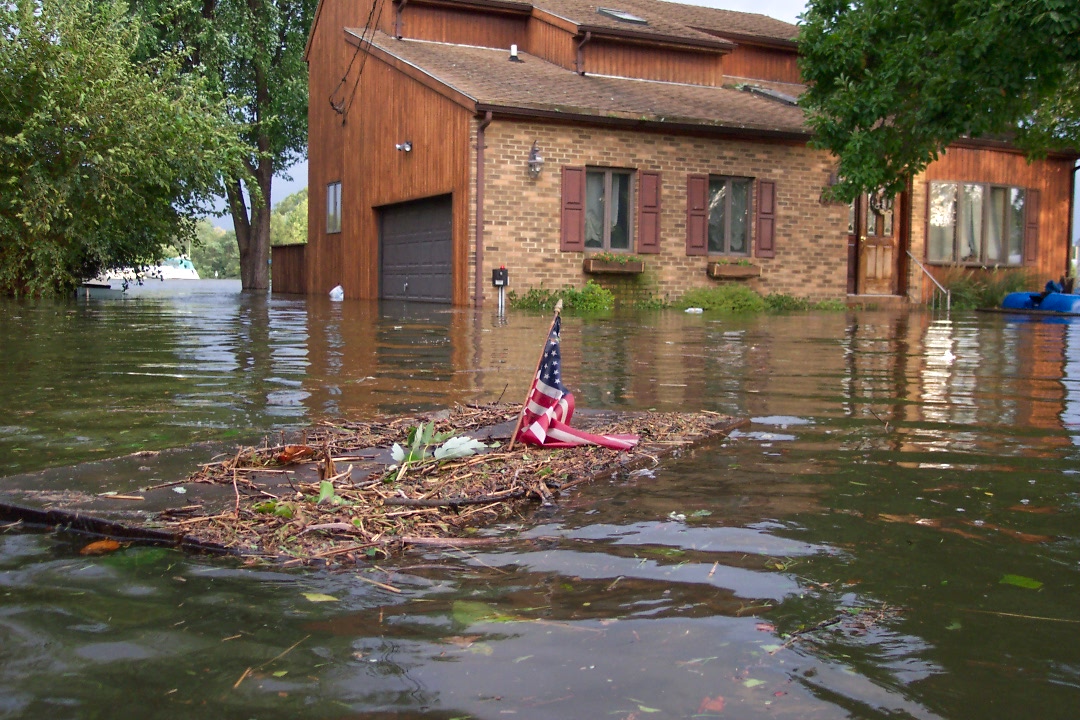
Storm surge flooding caused by Hurricane Isabel in Bowleys Quarters, Maryland. (Photo: WIkipedia)
Even as this year’s general election heats up, it’s the climate that’s really getting hot. July was the hottest month ever recorded, and the 10th straight month to break record temperatures, according to NASA’s Goddard Institute for Space Studies. And 2016 is well on its way to surpassing 2015 as the hottest year ever recorded.
While we can’t predict the outcome of November’s election, we can easily predict the consequences of climate inaction.
Maryland will be hit especially hard, as the Chesapeake region’s receding coastline makes it more vulnerable to flooding. While the U.S. has experienced about 6 inches of sea level rise over the past 100 years, Maryland has experienced a foot. This rate will increase in the absence of significant intervention, with an additional two-foot rise likely by 2050. Such a rise in sea level will make extreme floods like the recent tragedy in Ellicott City more likely.
…
